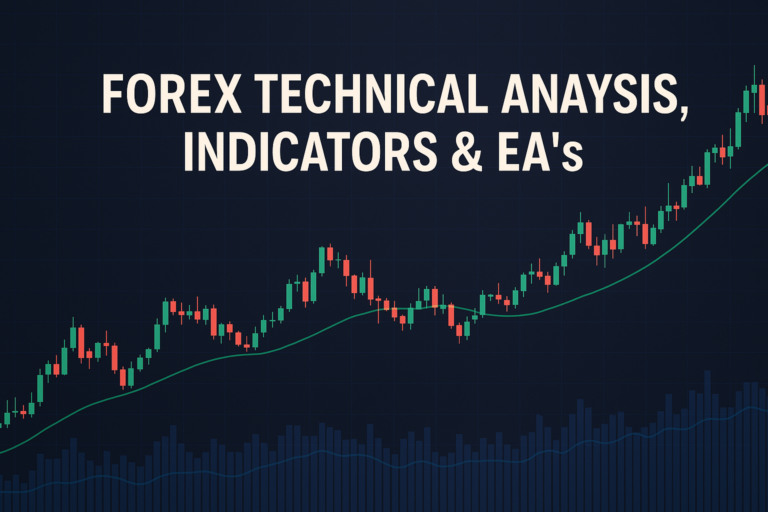
Discover Mismatches in overnight interest charges in Forex trading, their causes, and solutions to manage them effectively.
Forex trading can be thrilling, but it also comes with its set of problems. One such issue is the “Mismatches in overnight interest charges.” This problem affects both beginners and experienced traders. Imagine waking up to see a surprise in your account balance due to unexpected interest charges. Frustrating, right? Understanding why this happens is essential for anyone trading in the Forex market.
Many traders struggle with this issue because it’s not always clear how interest charges are calculated. Sometimes, the market conditions or broker policies can lead to discrepancies, catching traders off-guard. To succeed, you need to grasp this concept and learn how to manage it effectively.
Understanding the Problem
The “Mismatches in overnight interest charges” refer to inconsistencies in the interest rates applied to trades held overnight. When you trade Forex, you are essentially borrowing one currency to buy another. This process involves interest rates, which can vary based on market conditions and broker policies. If these rates don’t align, you may face unexpected costs.
For instance, let’s say you bought Euros with US Dollars. Your broker may charge you a different interest rate than what you expected. This discrepancy can occur due to market volatility, broker fees, or differences in the interest rates set by central banks. Imagine trading during a time when the Euro is unstable; this could lead to a mismatch in your overnight interest charges, affecting your profits.
Solutions for Mismatches in Overnight Interest Charges
Step-by-Step Solutions
To effectively handle mismatches in overnight interest charges, follow these steps:
- Choose a Reliable Broker: Select a broker known for transparency in interest charges.
- Stay Informed: Keep track of central bank interest rates. This will help you anticipate changes.
- Use Tools: Use Forex calculators to estimate potential overnight charges before making trades.
- Review Your Trades: Regularly check your account for any unexpected charges.
Best Practices for Future Trades
Here are some best practices to avoid mismatches:
- Understand Swap Rates: Make sure you know how swap rates work with your broker.
- Trade During High Liquidity: This can help minimize discrepancies in interest rates.
- Limit Overnight Positions: If possible, avoid holding trades overnight to reduce the risk of mismatches.
Pro Tips & Warnings
For advanced traders, here are some pro tips:
- Monitor Economic News: Economic events can change interest rates quickly, causing mismatches.
- Consider Hedging: Use hedging strategies to protect against unexpected interest charges.
- Read Broker Policies: Always read the fine print regarding interest rates with your broker.
Frequently Asked Questions
Here are some common questions regarding mismatches in overnight interest charges:
- How do I detect this issue in real-time? You can monitor your account statements regularly. Tools like trading platforms often show the interest charged.
- Can brokers legally do this? Yes, brokers can set their interest rates. It’s crucial to read their terms and conditions.
- What tools can I use to prevent this? Utilize Forex calculators and apps that track interest rates to stay informed.
- Is this problem more common in specific market conditions? Yes, during volatile market conditions, mismatches are more likely due to fluctuating rates.
Conclusion
Understanding and managing mismatches in overnight interest charges is crucial for Forex traders. Recognizing how these charges work can save you money and improve your trading experience. Stay informed, and take proactive steps to avoid this issue.
By learning about mismatches in overnight interest charges, you can enhance your trading strategies and make smarter decisions in the Forex market.
Recommended Next Steps
If you want to dive deeper into forex trading and avoid mismatches in overnight interest charges, consider these steps:
- Research reputable brokers known for fair interest rates.
- Use educational resources like webinars and articles about interest rates in Forex trading.
- Join forums or communities where traders share their experiences and tips.
For more insights into forex trading, check out Investopedia and BabyPips.
Mismatches in overnight interest charges can be challenging, but with knowledge and the right strategies, you can navigate them effectively.
Expand Your Knowledge
- 📌 Forex Trading Learning Road Map
- 📌 Forex Trading Course with no Fees
- 📌 Forex Trading Issues, Problems, and Solutions
- 📌 Forex Daily Forecast & Live Updates
- 📌 Forex Fundamental & News Analysis: Tomorrow’s Market Movers & Trade Opportunities
- 📌 Forex Education Hub: Learn & Profit
- 📌 Forex Technical Analysis, Indicators & EA’s
Start Trading Today
Ready to take your forex trading to the next level? Open an account with Exness, one of the most trusted platforms in the industry. 👉 Sign Up Now and start trading with confidence!
Exness stands out with ultra-low spreads for mini traders, instant withdrawals, and zero spread accounts for pro traders. Trusted since 2008, Exness offers lightning-fast execution, no hidden fees, and a secure, transparent trading environment—giving you the edge you need to succeed. 🚀 Join now and trade smarter!
Watch this helpful video to better understand Mismatches in overnight interest charges:
Note: The video above is embedded from YouTube and is the property of its original creator. We do not own or take responsibility for the content or opinions expressed in the video.
In this lecture, we dive into the concept of foreign currency positions, which refer to the amount of money that is either payable or receivable in a currency other than one’s own. Understanding foreign currency positions is essential for anyone involved in international trade or finance, as they can significantly impact a company’s financial health. There are two main types of foreign currency positions: closed and open positions. A closed position occurs when the sales and purchases of foreign currency are equal, which means there is no risk associated with foreign currency fluctuations. On the other hand, an open position indicates a mismatch, where the amount of currency sold differs from the amount purchased. This mismatch introduces risk, and the limits of such positions are typically determined by a bank’s Board of Directors and reported to regulatory bodies like the Reserve Bank of India.
Mismatches in foreign currency positions can be categorized into two types: short positions and long positions. A short position arises when the sales exceed purchases, while a long position occurs when purchases exceed sales. When dealing with these positions, changes in foreign currency rates play a crucial role. For instance, if a bank holds a short position and currency rates rise, it will need to buy currency at a higher price, leading to potential losses. Conversely, if the bank has a long position and rates increase, it can sell its holdings at a profit. On the flip side, in a declining market, a bank with a short position may benefit as it can purchase currency at lower rates, while those with long positions may incur losses. Additionally, we look at daylight and overnight positions, which refer to the balance of receivables and payables during the day compared to the end of the day. Daylight positions typically hold higher balances, while overnight positions reflect a lower balance at the close of business. Understanding these concepts is vital for effectively managing foreign currency risks and optimizing financial strategies in international transactions.





